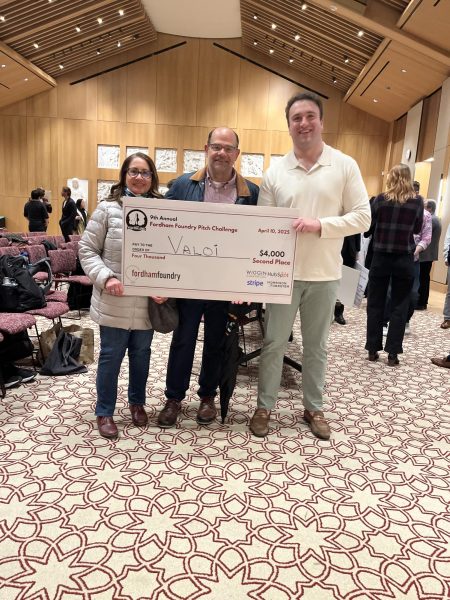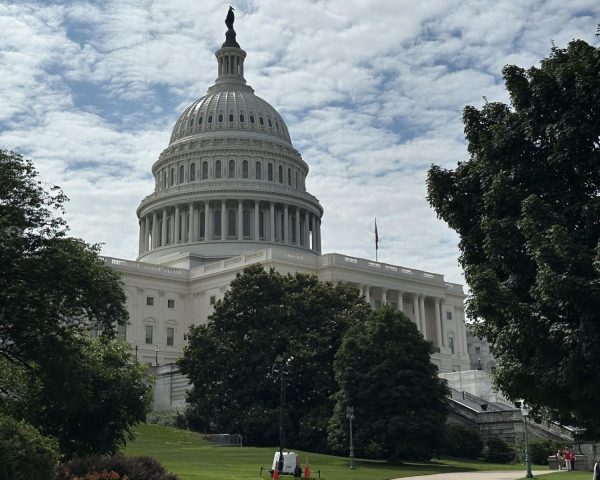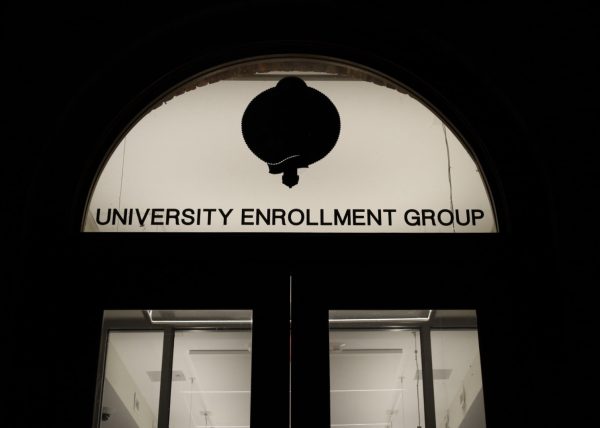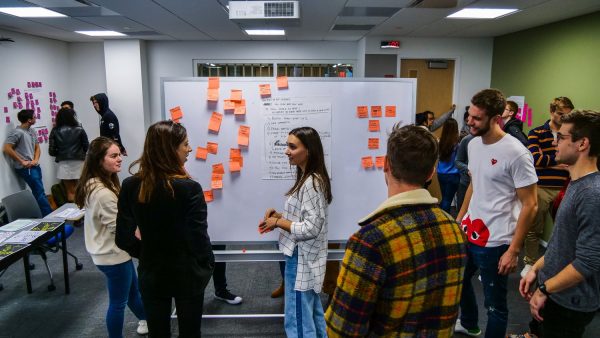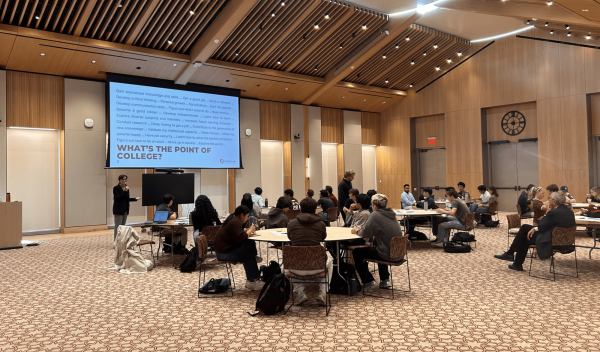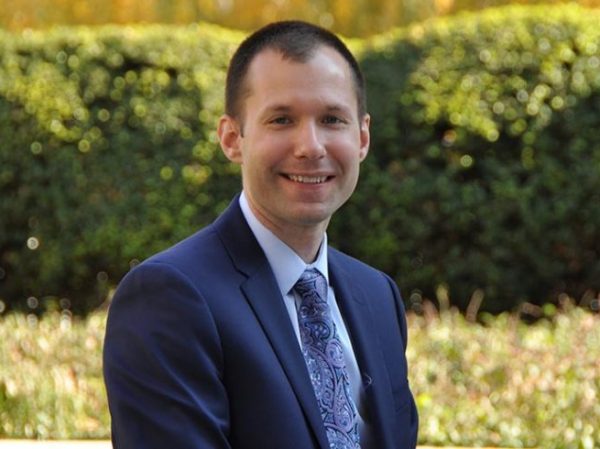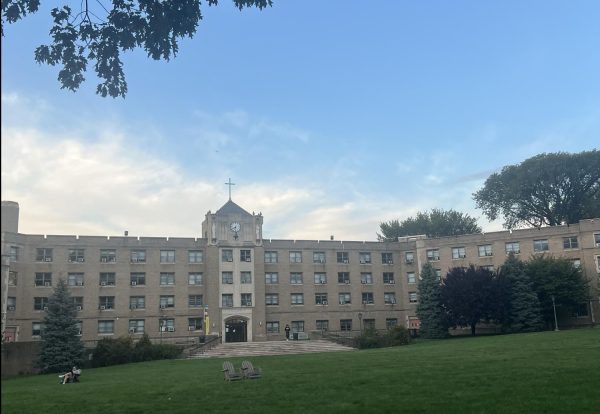Fordham Releases Annual Development and University Relations Report
Members of the Fordham community received an annual report via email from the Office of Development and University Relations. (Courtesy of Fordham News)
On Sept. 19, 2022, the Fordham community received an annual report from the Office of Development and University Relations (DAUR), which detailed the results of Fordham’s fundraising, marketing and communications efforts for the fiscal year (FY) 2022.
In FY 2022, Fordham secured a total of $66.1 million in total gifts and pledges from donors. The university’s total cash achievement closed at $56 million against a $51 million goal. The DAUR office also reported that its multi-year Cura Personalis Campaign, which was publicly launched in November 2021, is now 62% towards its $350 million goal.
“For the second year in a row, our alumni and donor community rose to the occasion,” said Roger A. Milici Jr., Fordham’s vice president for development and university relations. “It is a little counterintuitive to the average person because one might have concluded that fundraising would have dipped in these pandemic years, and yet the opposite happened.”
In December 2020, Mario Gabelli, GSB ’65, made a $35 million gift to the Gabelli School of Business that, in part, led to Fordham experiencing its best fundraising year ever in fiscal year 2021. Except for last year’s record $85 million in total gifts, Milici said that FY 2022’s $66 million figure was a relative success.
“We are foremost grateful for the generosity of our donors, and [these gifts] are never something that we take for granted.”
“Virtually all of these funds are restricted by the donors, and help the university deliver its mission through financial aid, academic excellence, student wellness and success, athletics and facilities,” Milici wrote in his office’s annual report. Of the money raised in 2022, roughly 38% will be dedicated to financial aid for admitted students.
“Of the $66 million, about $25 million was earmarked for access and affordability, which is totally consistent with how our donors resonate with financial aid,” said Milici. “Many of our alumni donors themselves benefited from financial aid when they were students, and so it’s something that they care about.”
Milici explained that the university’s financial aid money is usually allocated to one of two funds depending on the nature of the donation. Aid-restricted gifts may be placed in an endowed scholarship fund administered by the Office of Enrollment and Financial Aid, or they might be added to a current-use fund overseen by the same office.
Events like The Fordham Founder’s Dinner are a primary tactic to raise funds for scholarship funds university-wide.
According to the last annual report, The Fordham Founder’s Undergraduate Scholarship Fund raised a record $3.1 million in November 2021 and now supports 48 students, 79% of whom are from diverse backgrounds.
At the same time, the DAUR office has reported that its five-year, $350 million capital Cura Personalis Campaign, which was designed to improve four pillars of Fordham student life, has shown steady growth. The Cura Personalis Campaign, now in its third year, aims to raise $100 million for access and affordability, $150 million for academic excellence, $70 million for student wellness and success and $30 million for athletics and facilities.
“We’re right where we should be at this point; we’re a little ahead of the model, so we are on track to wrap up the campaign within two fiscal years,” said Milici.
University marketing has also been a top priority for Milici’s office. This year, the appointment of Fordham’s 33rd President Tania Tetlow was central to spreading the word and raising funds for the university. In fact, Tetlow’s appointment was in over 300 news articles around the world, which helped to promote Fordham’s brand in both the public eye and alumni communities.
“The early events that we’ve done to introduce President Tetlow to our community have all been capacity crowds and characterized by an energy and dynamism that is very contagious,” said Milici. “She has ignited the donor community and the alumni community in a way that is very conducive to alumni relations and fundraising.”
Broadly, Milici hopes Fordham continues its program to maturity, so it can fiscally compete with well-funded Jesuit peer institutions.
“A mature program, like Boston College or Georgetown, would consistently raise $100 million a year, and we’re not there yet, but we are getting very close,” Milici said. Between progress in fundraising, an increase in marketing and record alumni engagement, Milici is optimistic that Fordham’s best days are yet to come.
“Fordham is at an exciting point in its history, and we are all very enthusiastic about our future, and I think our alumni are eager to see the university take that next step in its trajectory,” he said.







































































































































































































